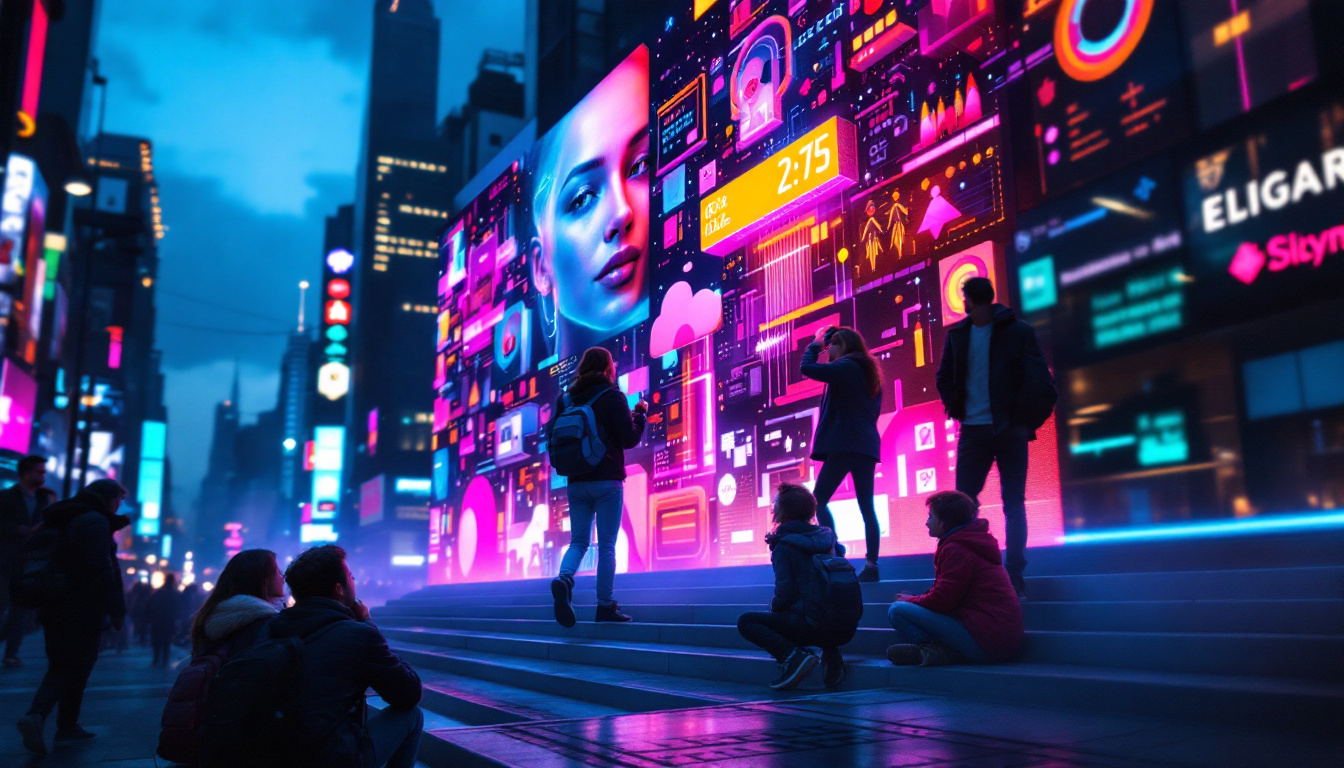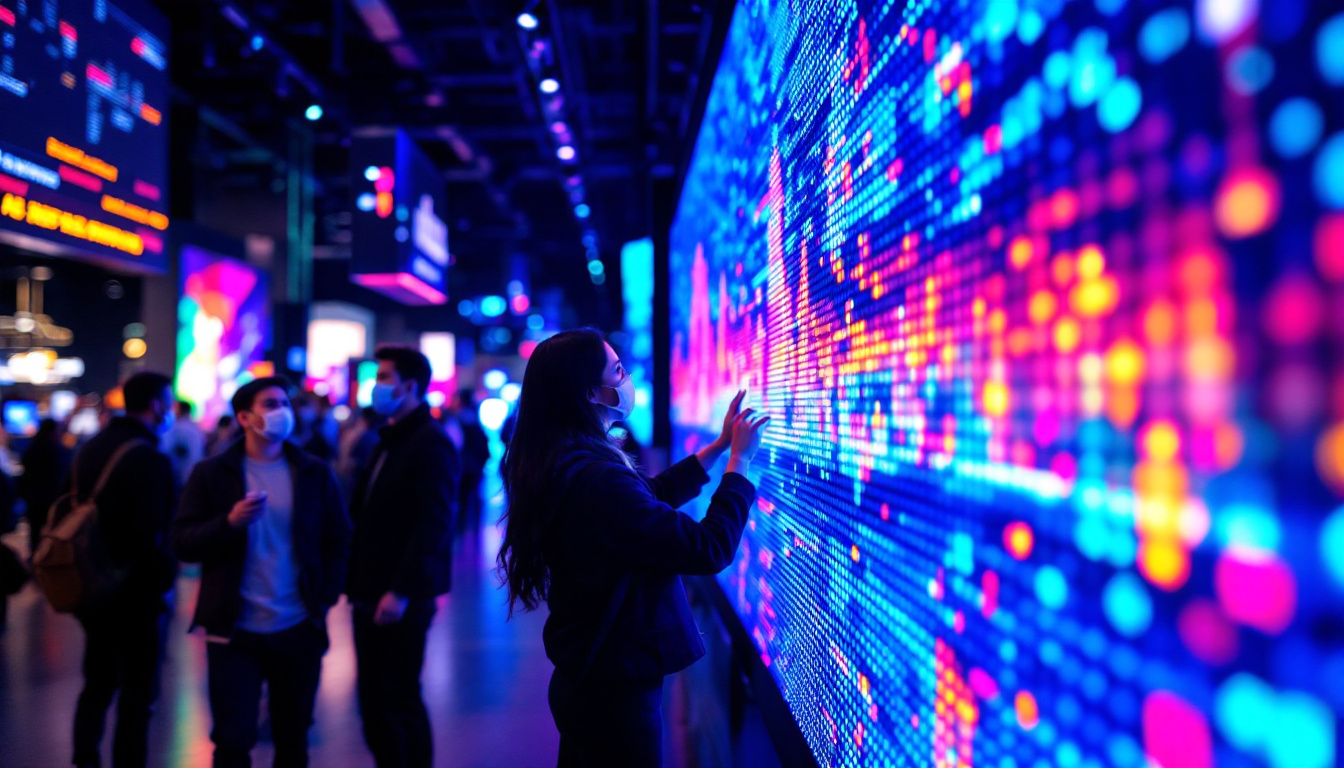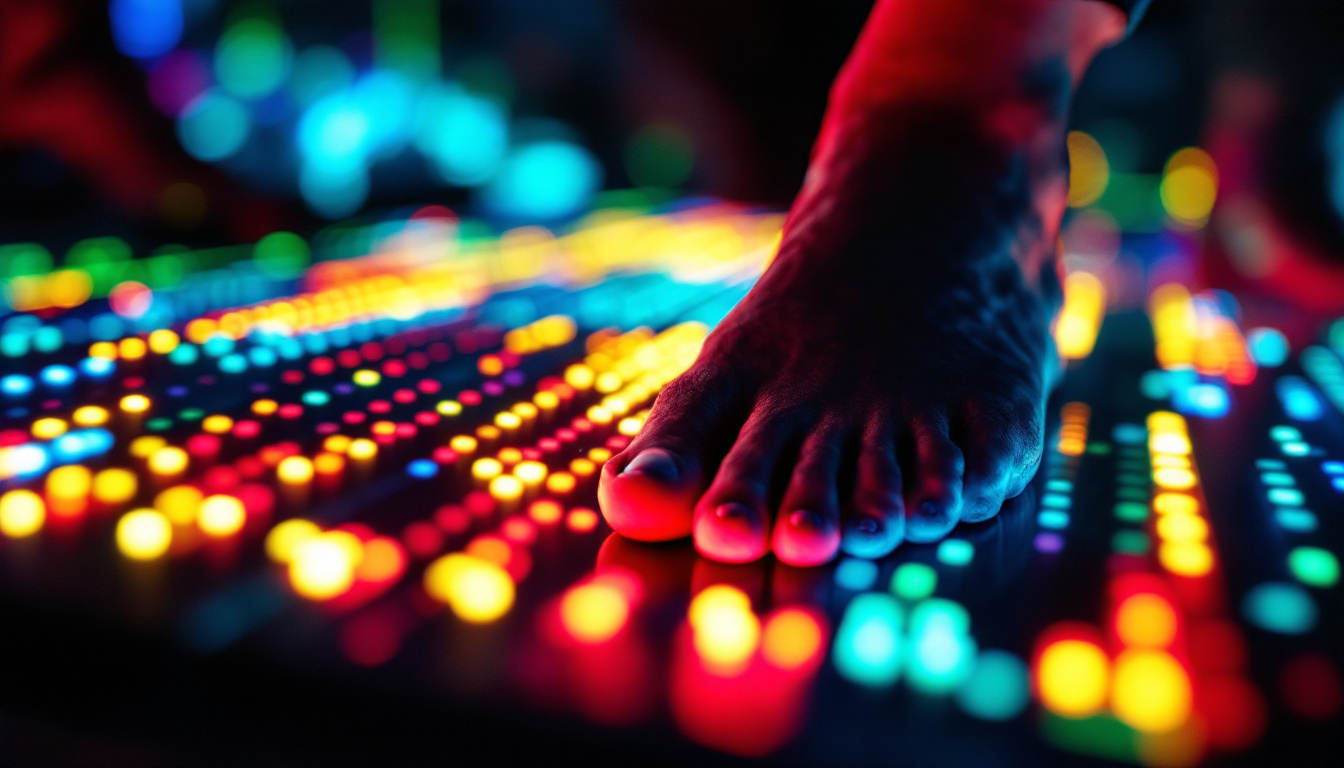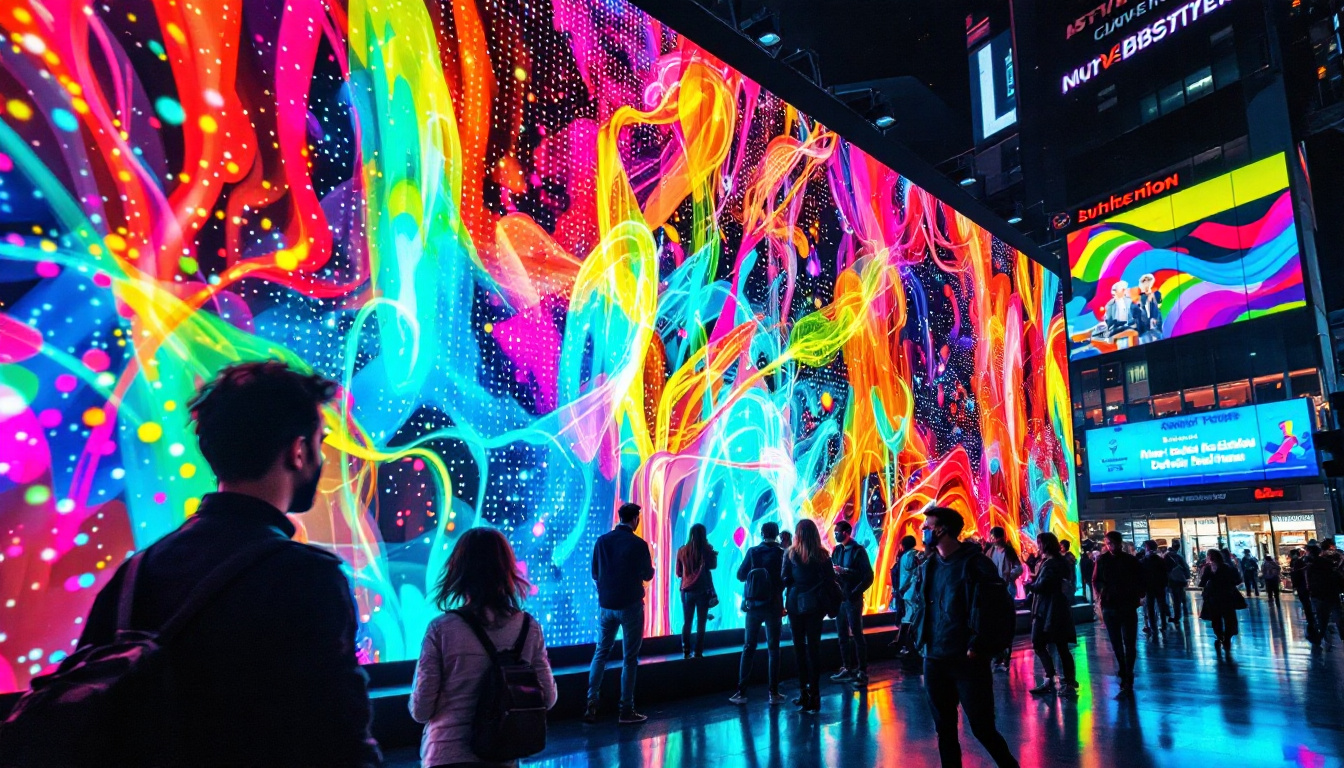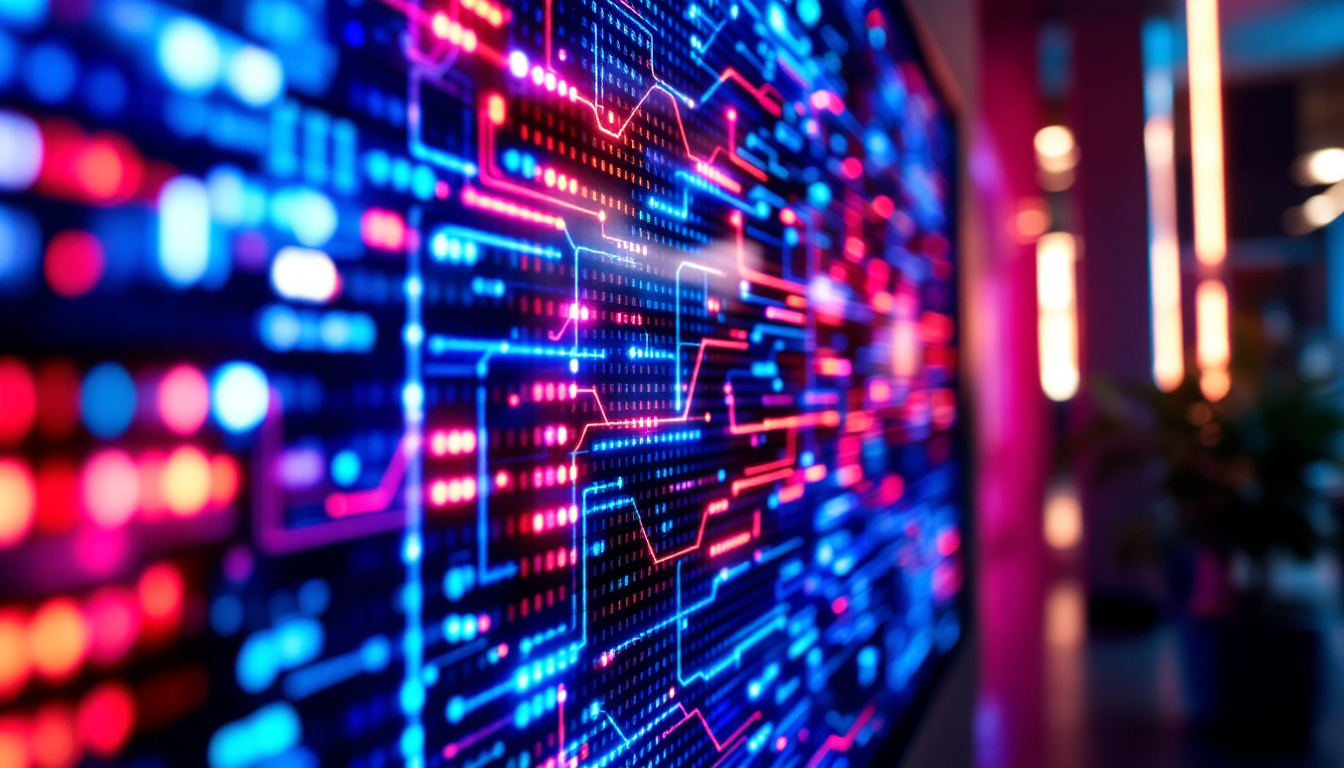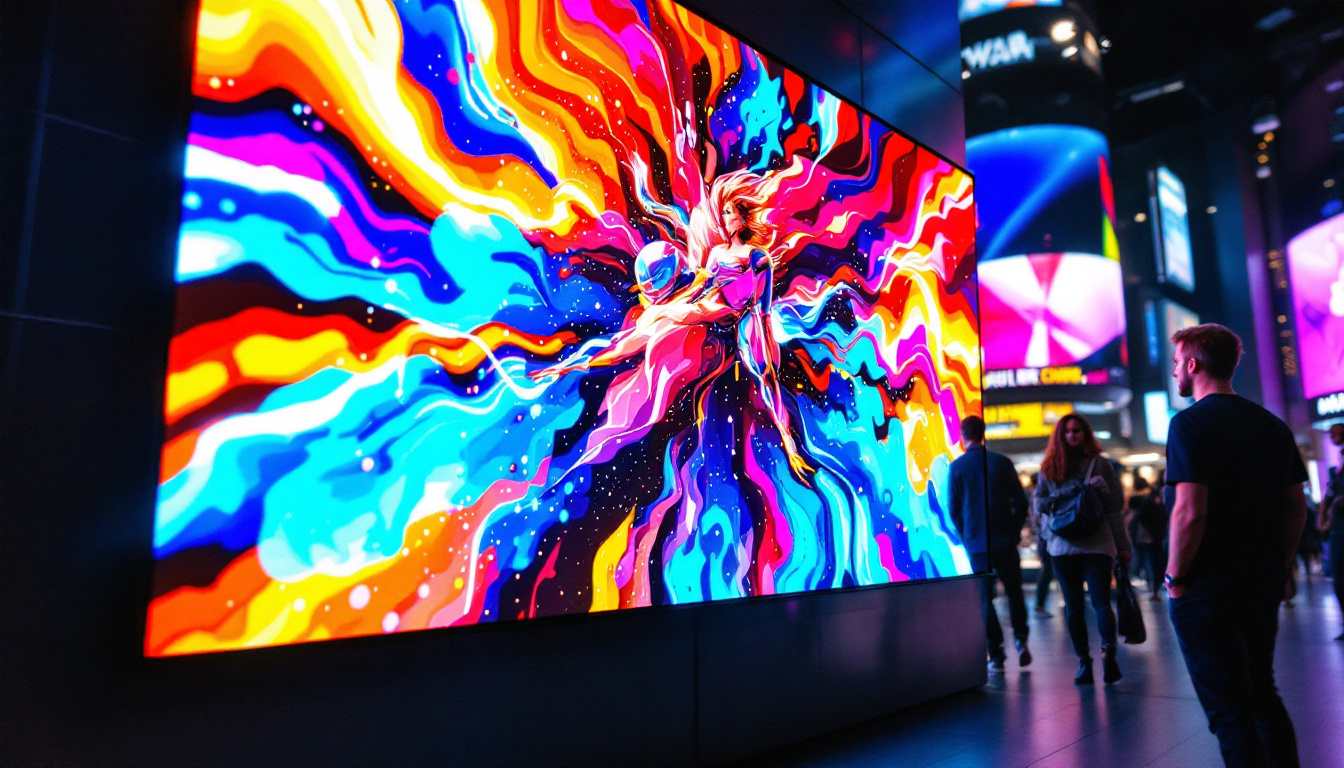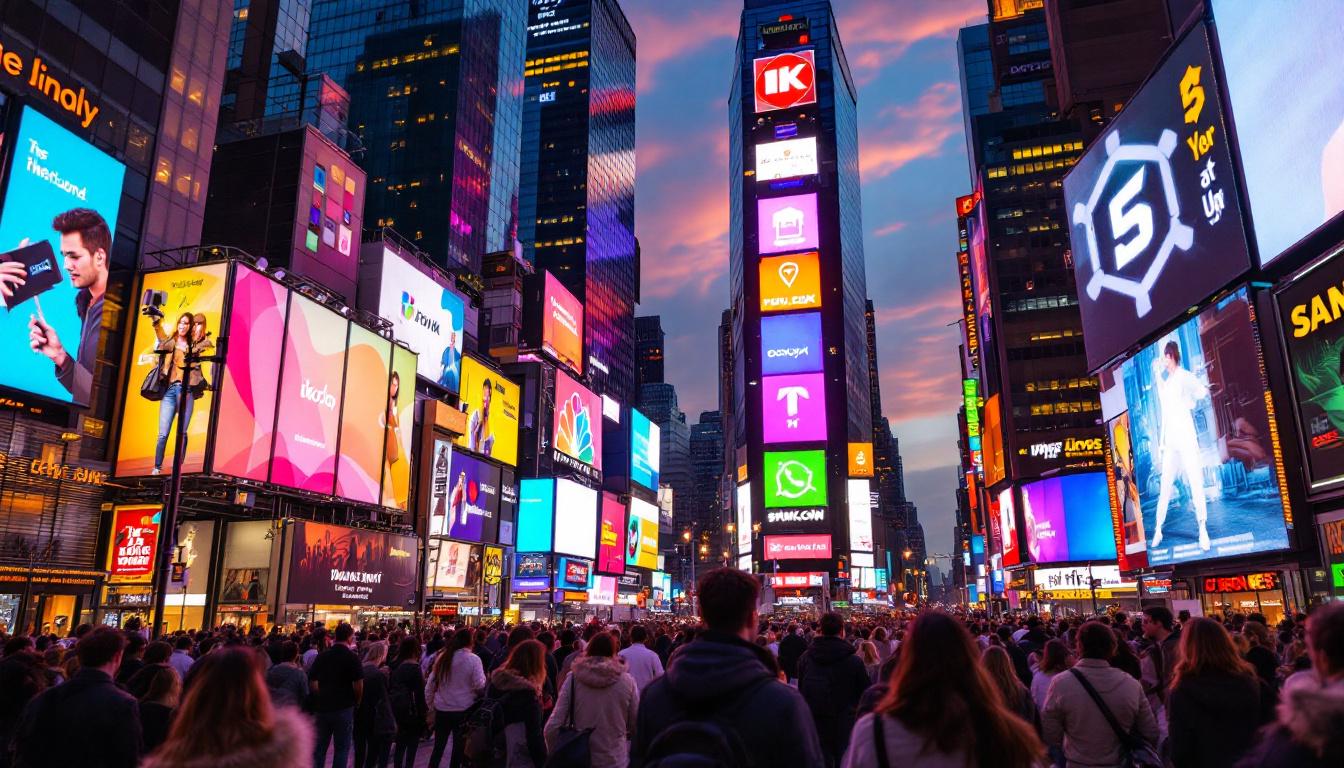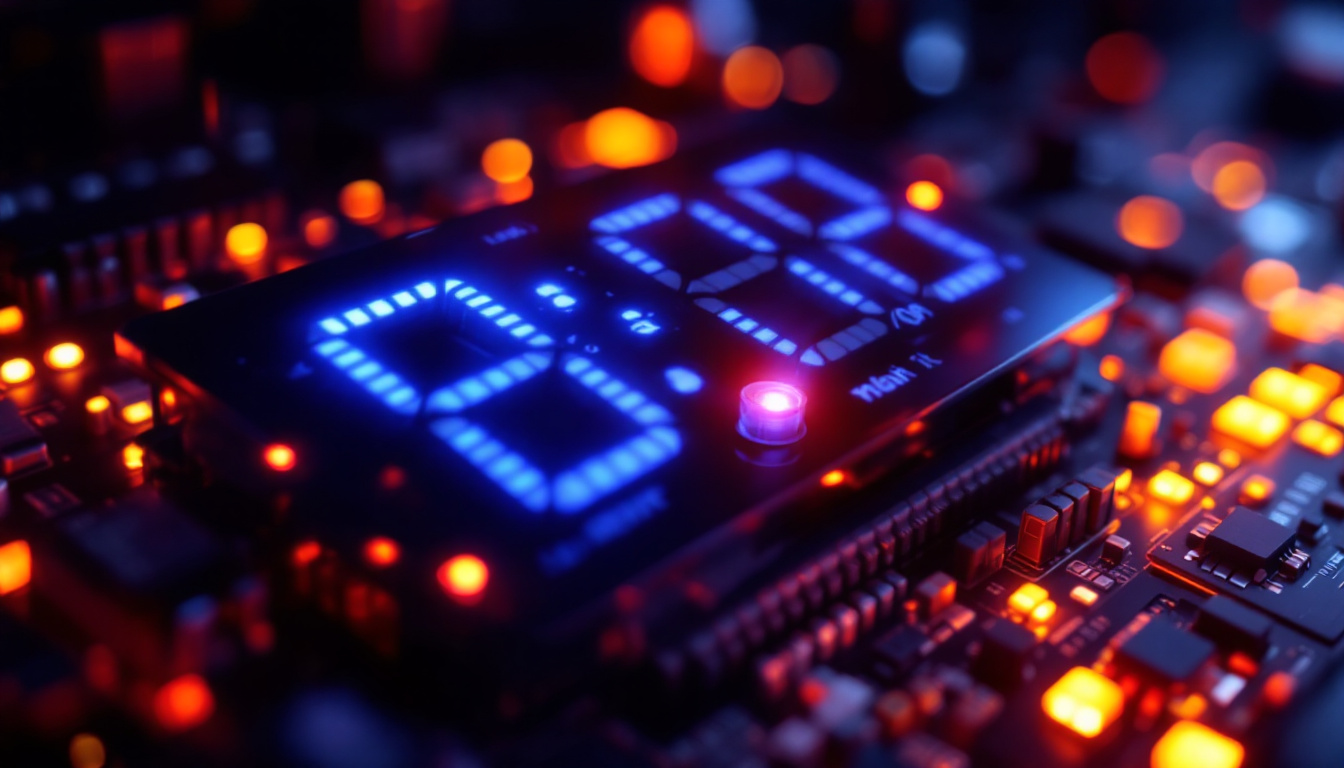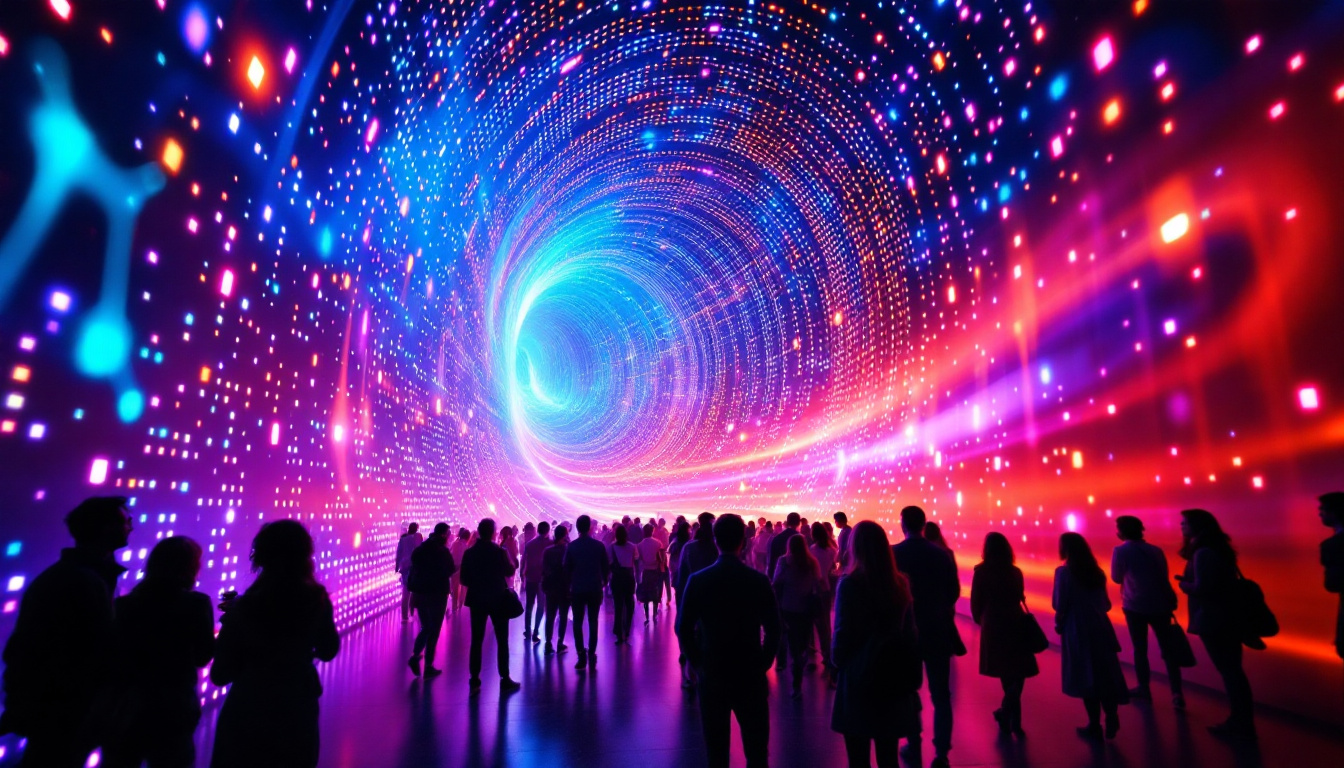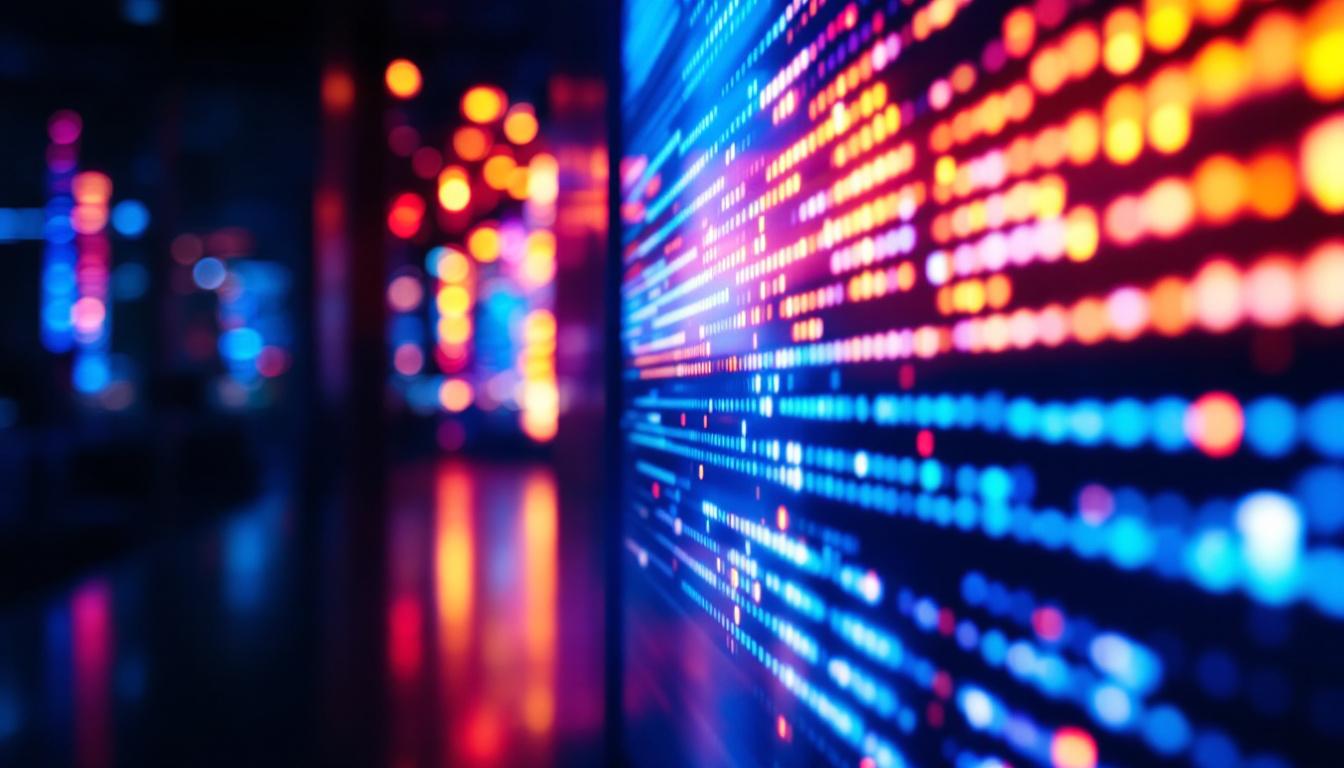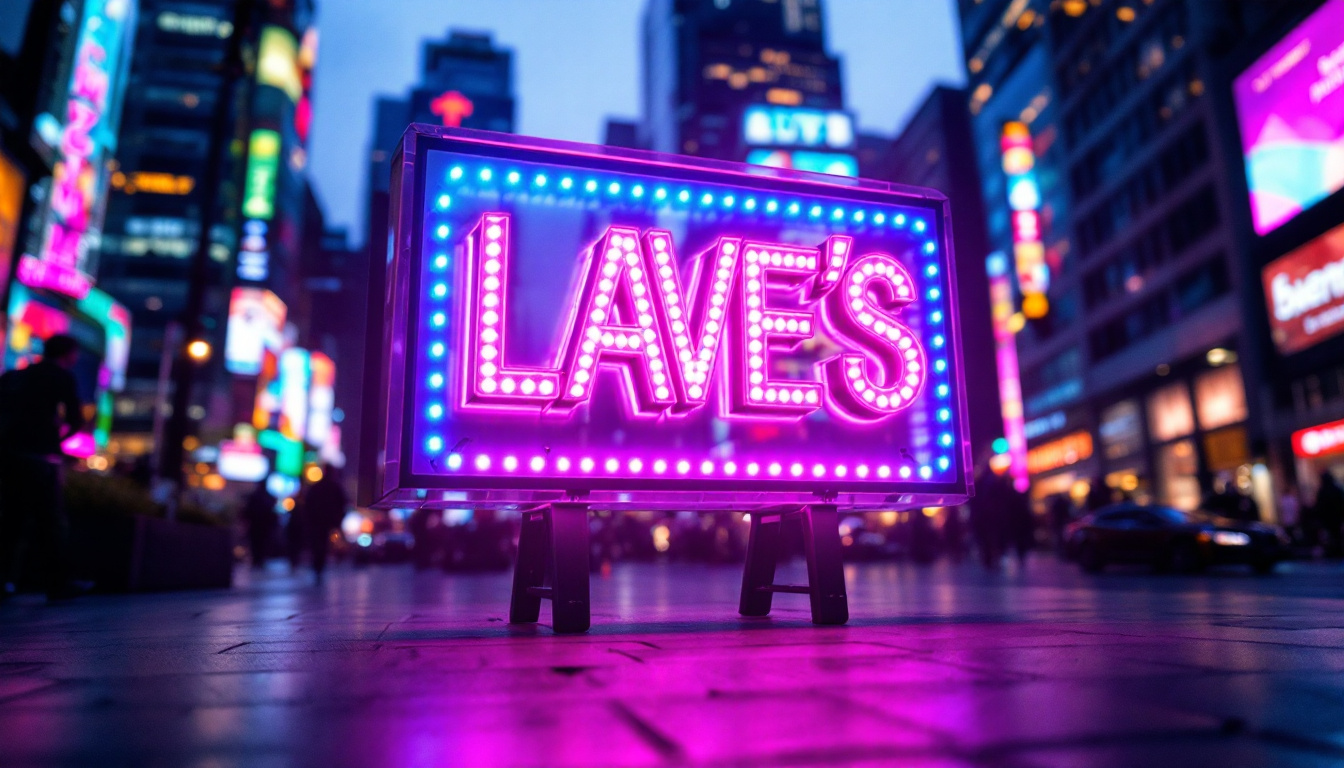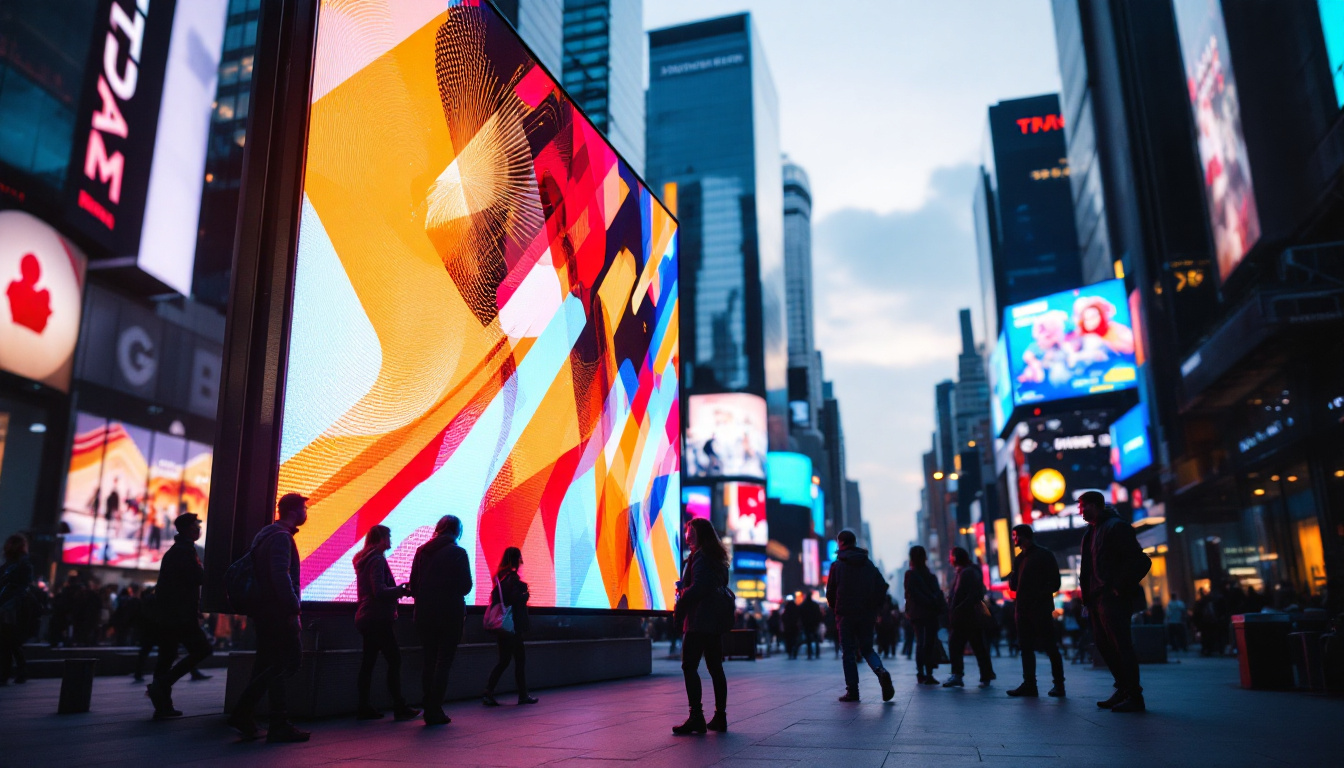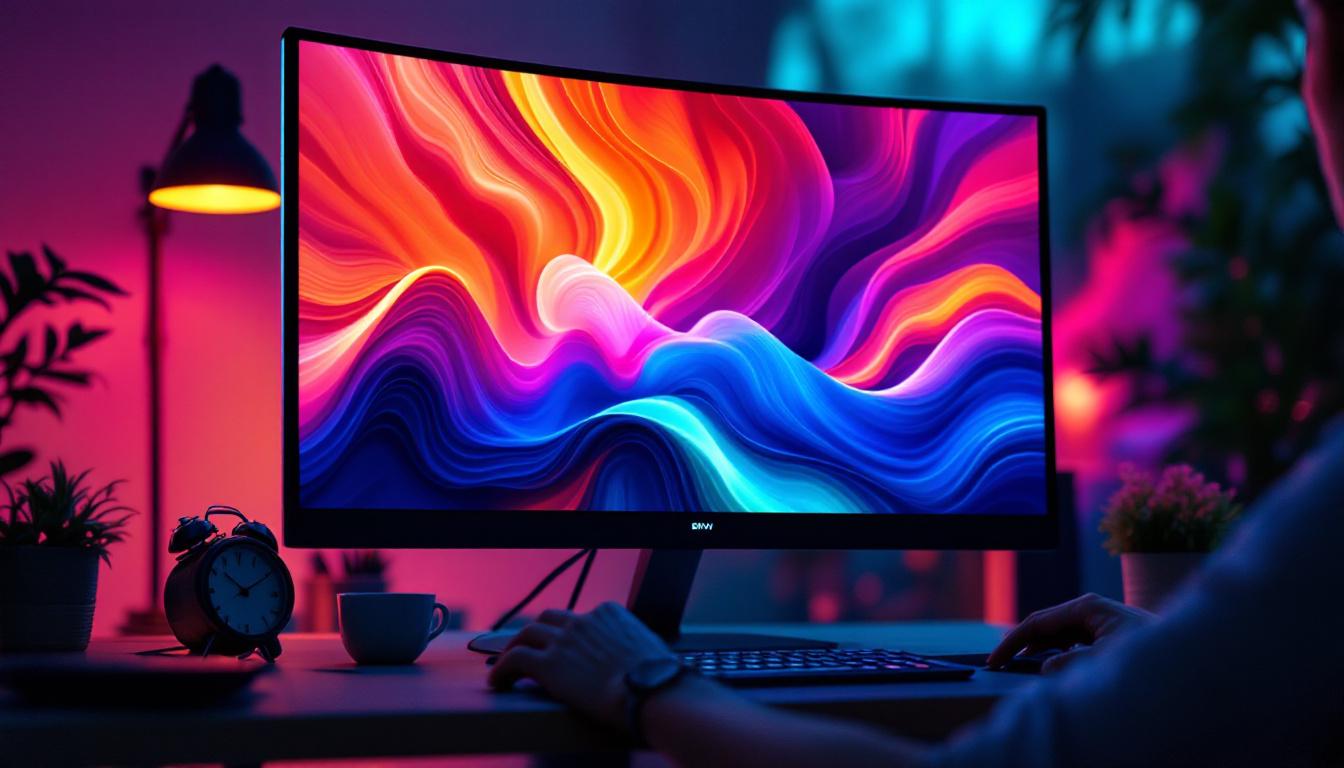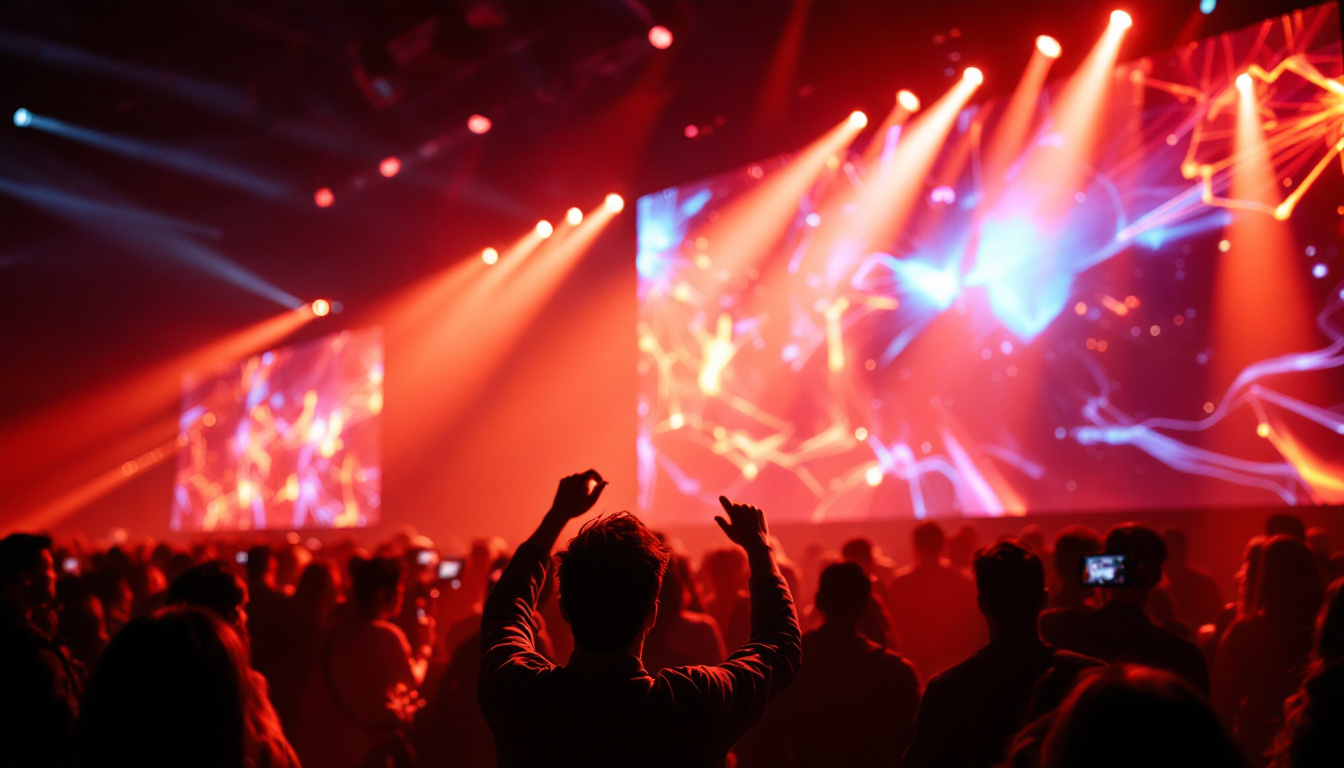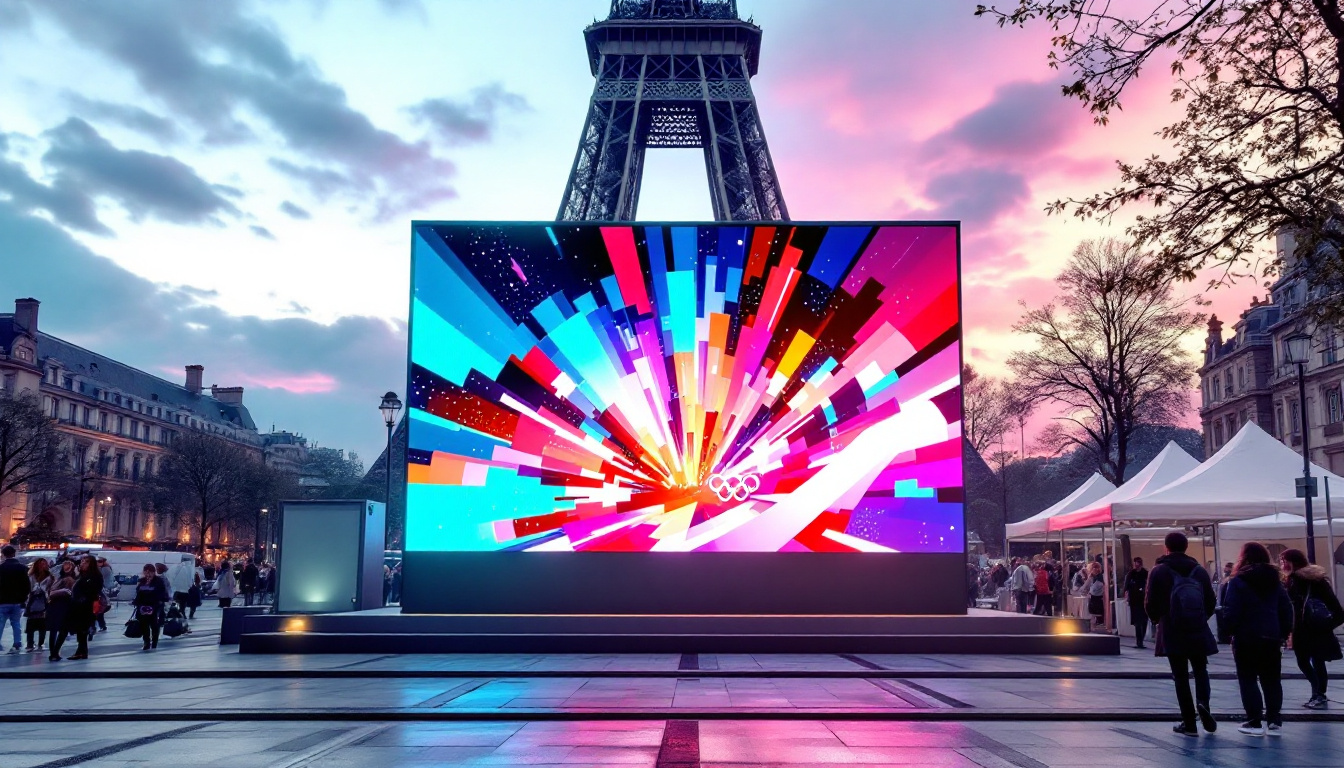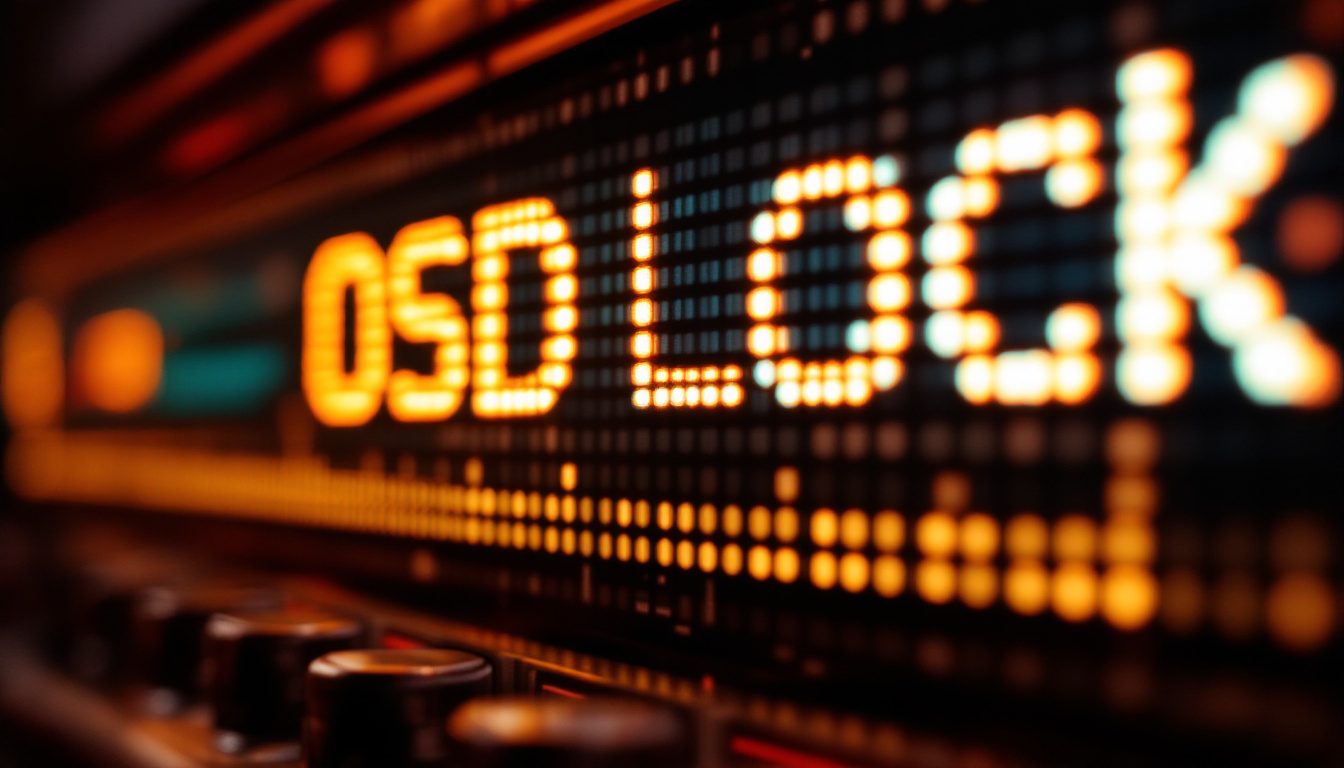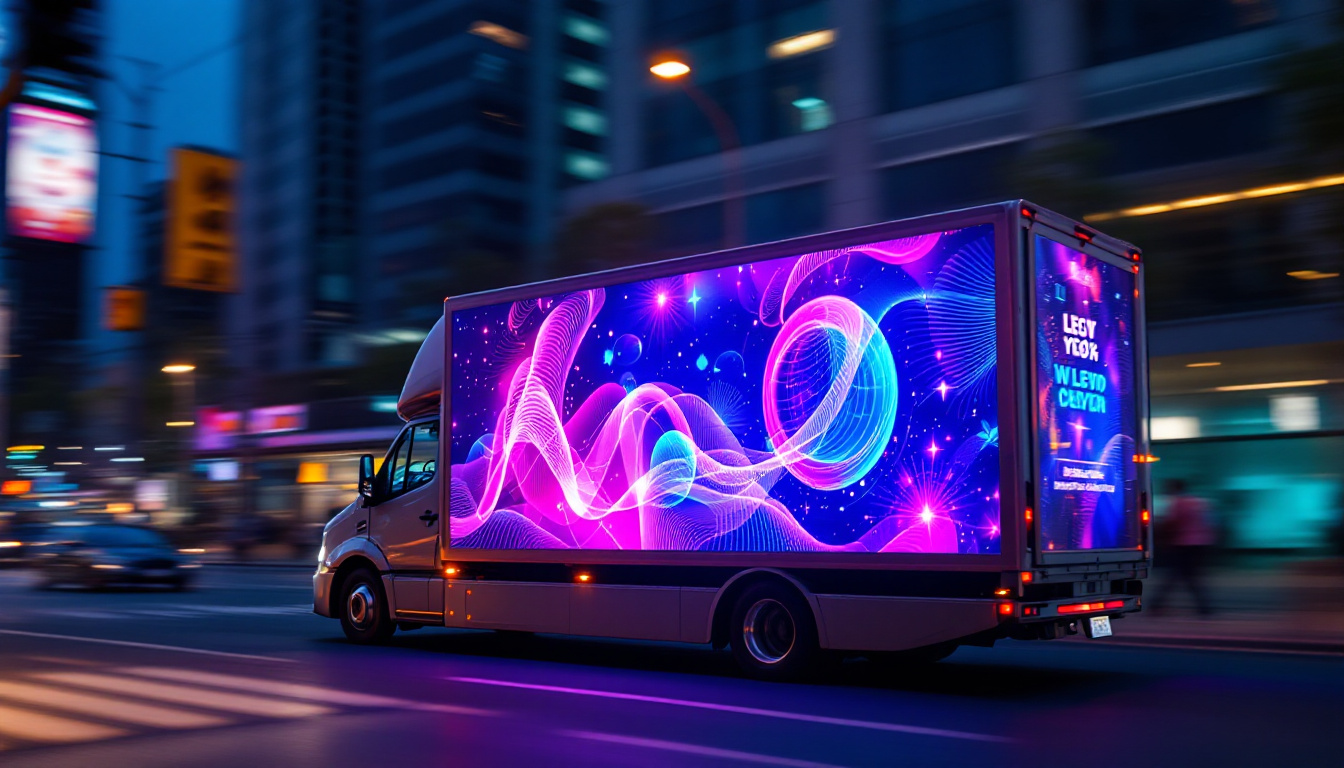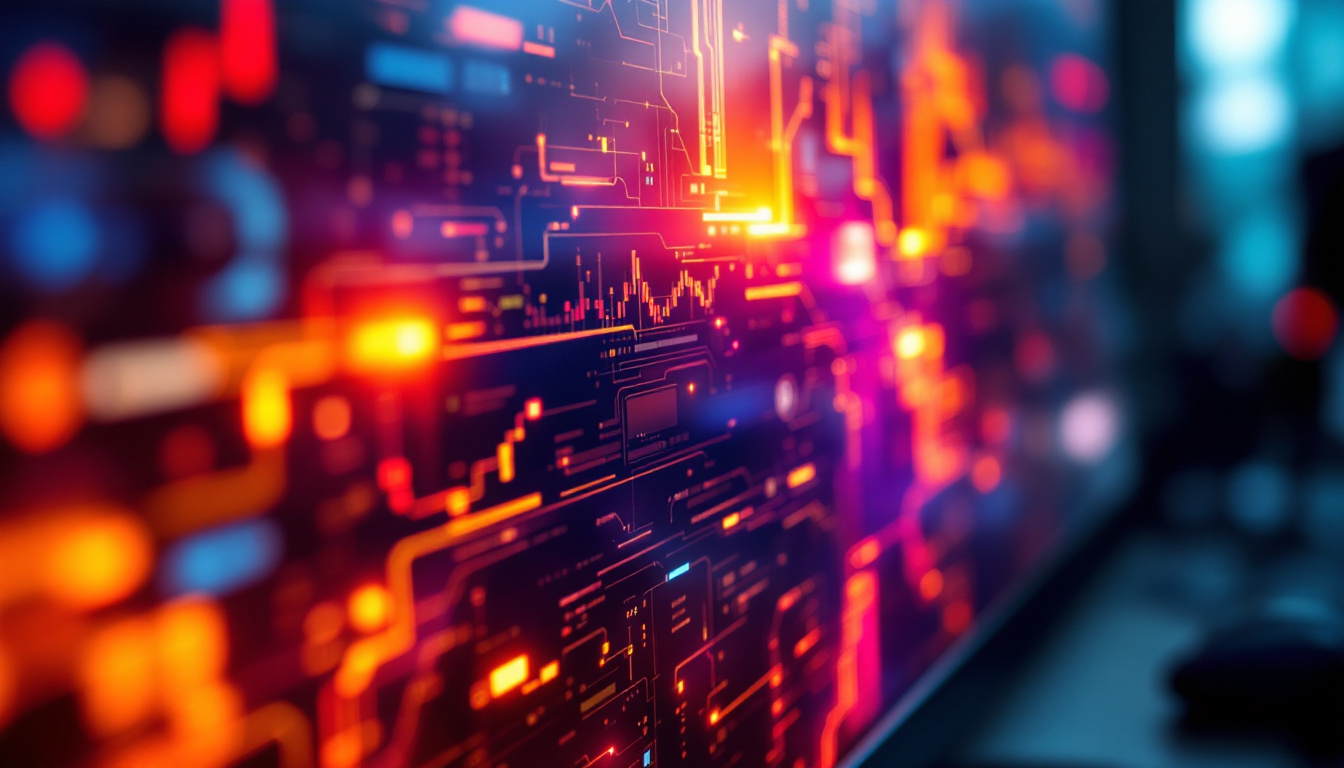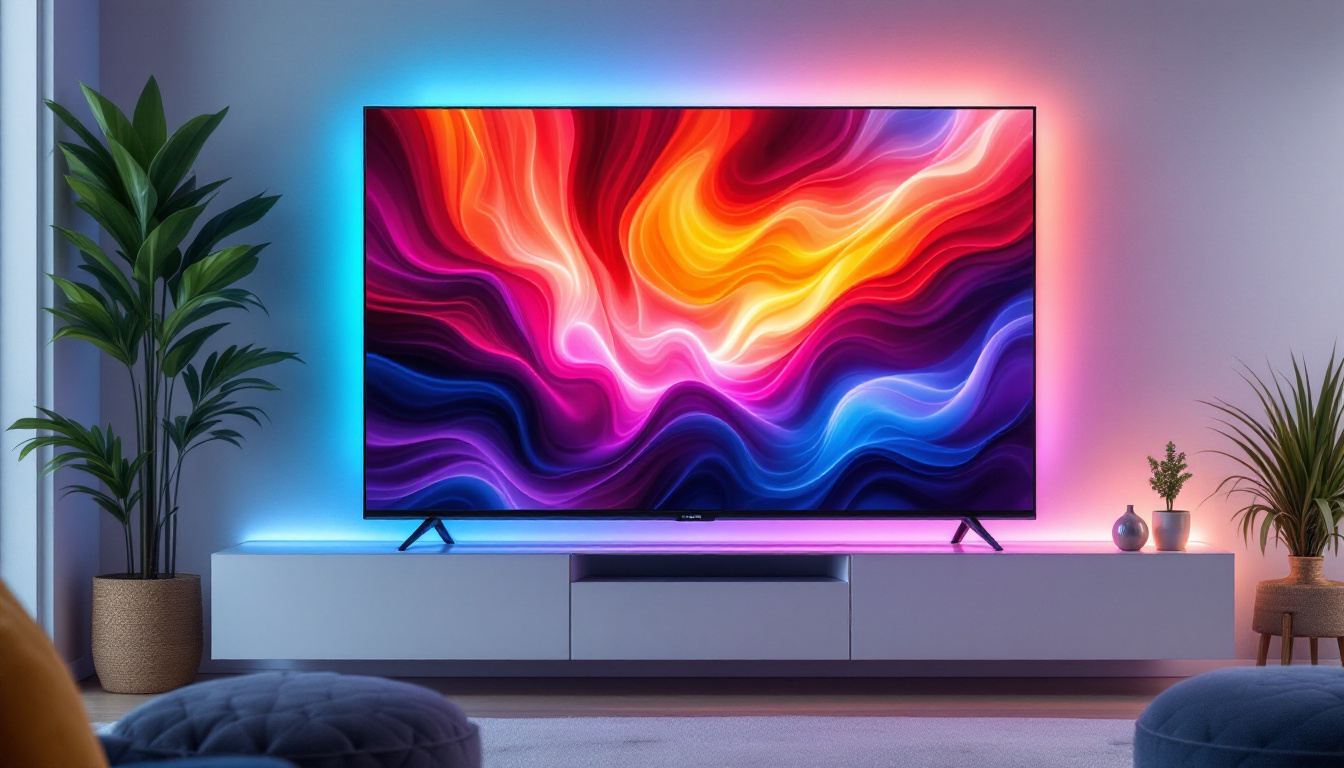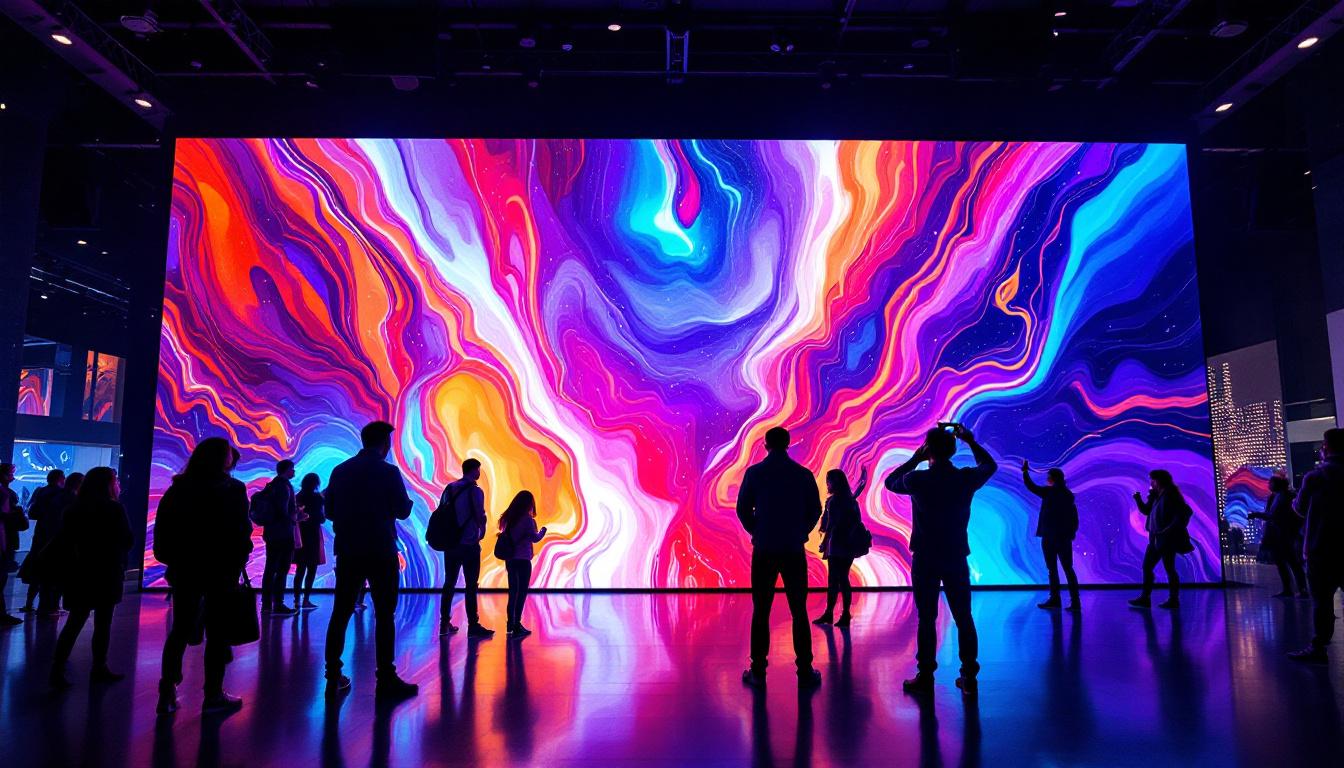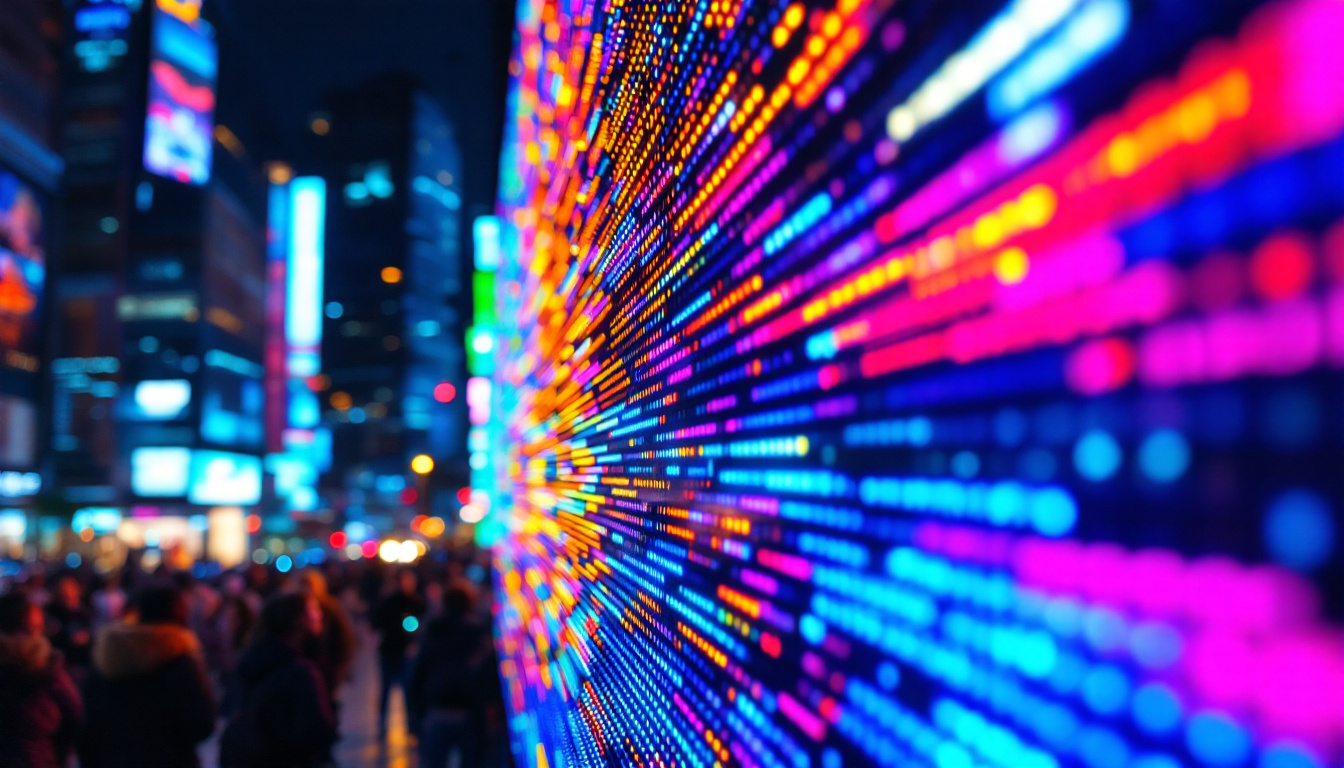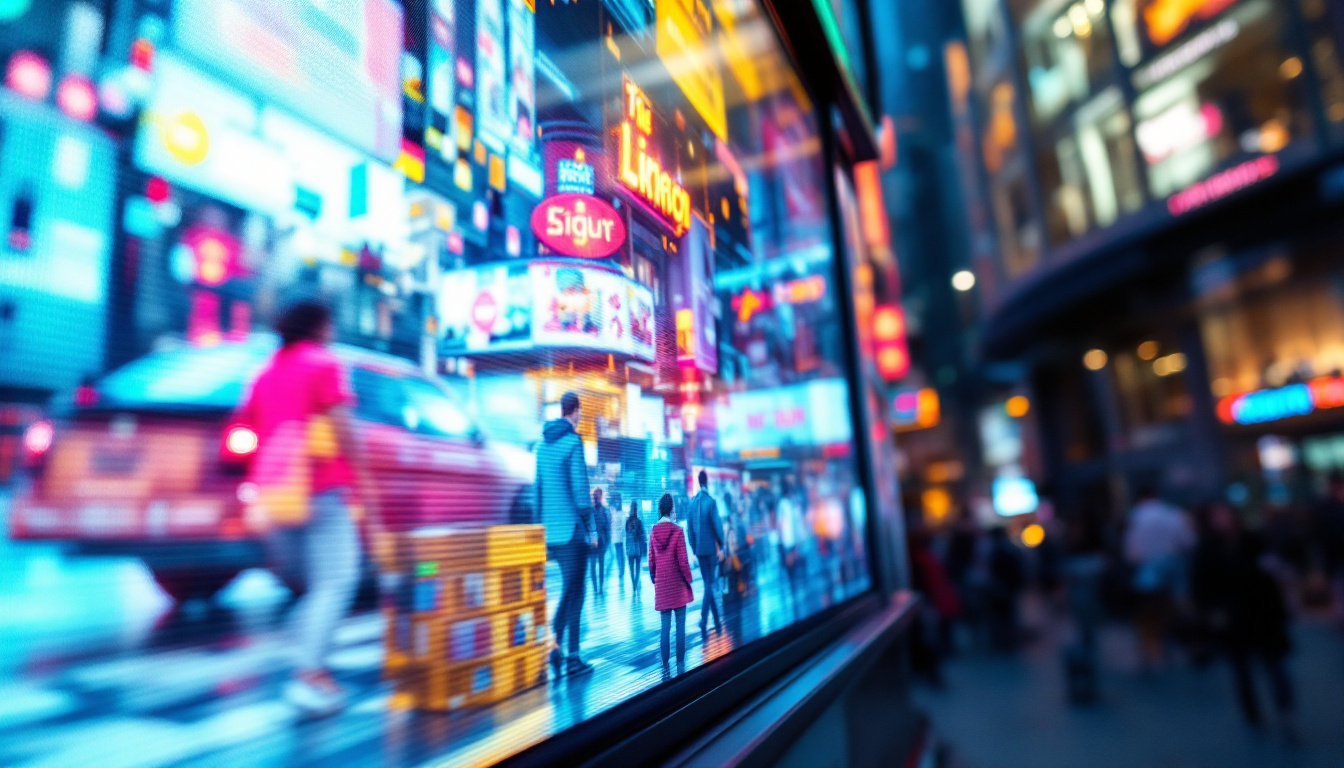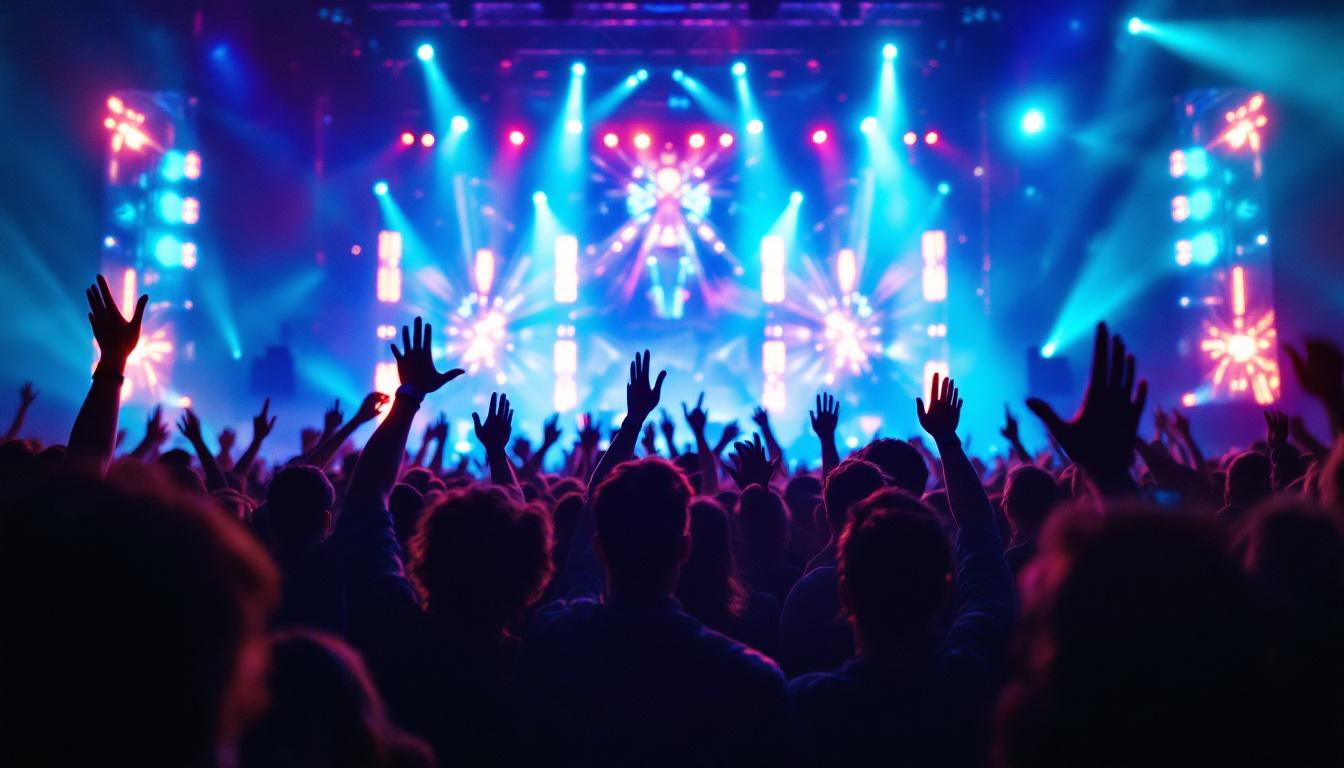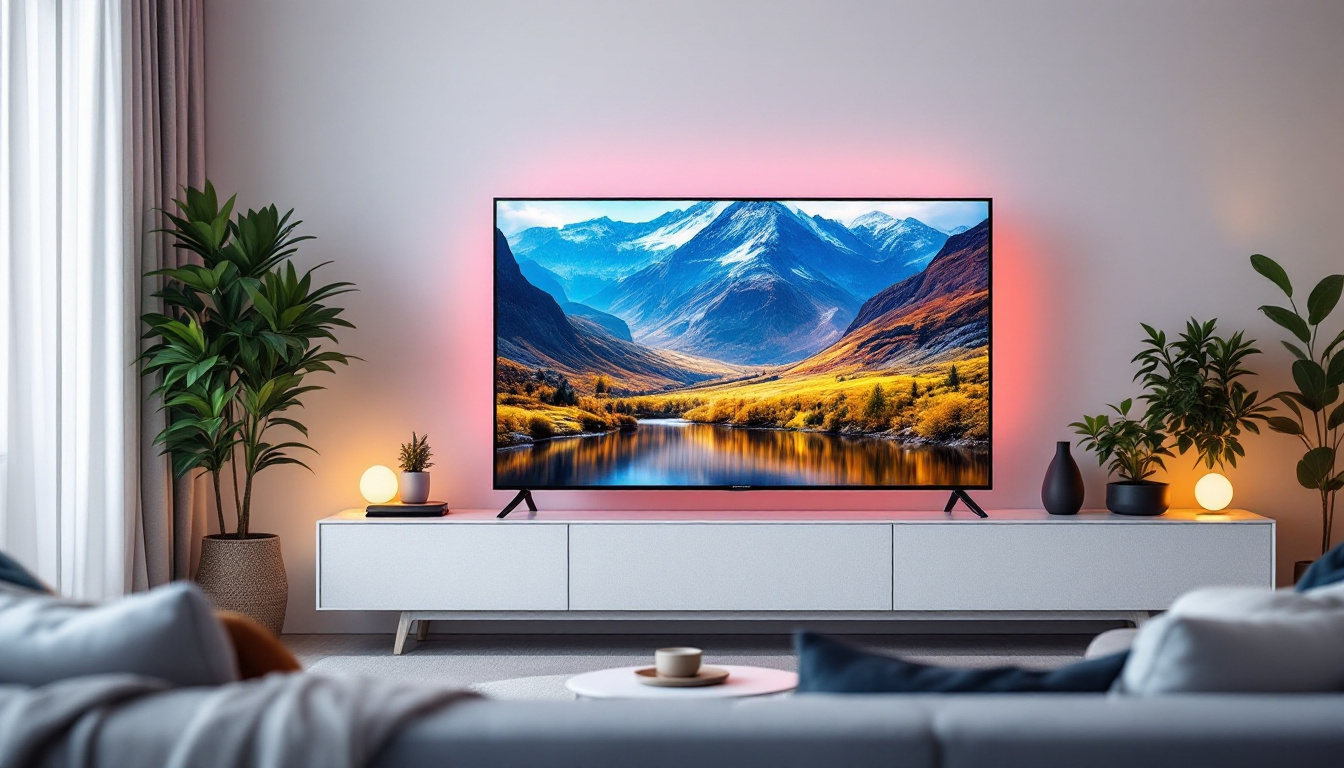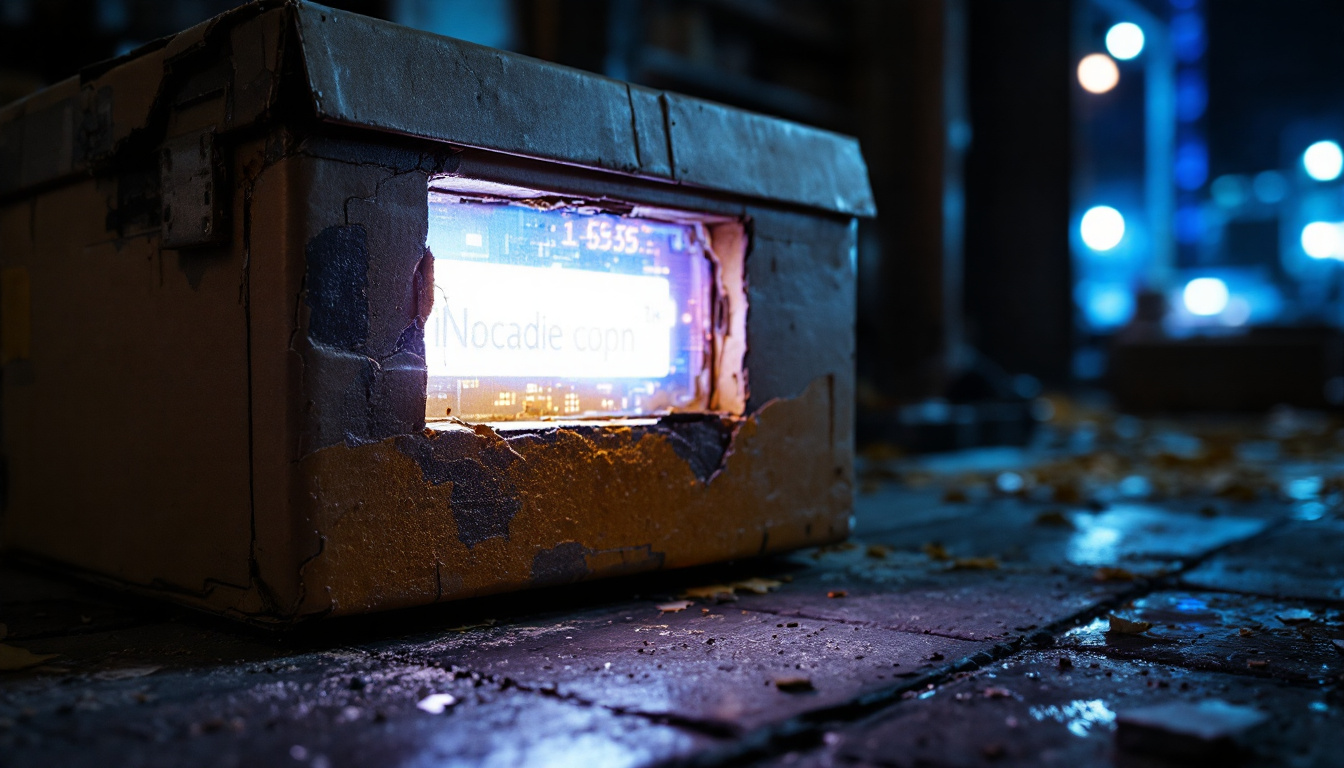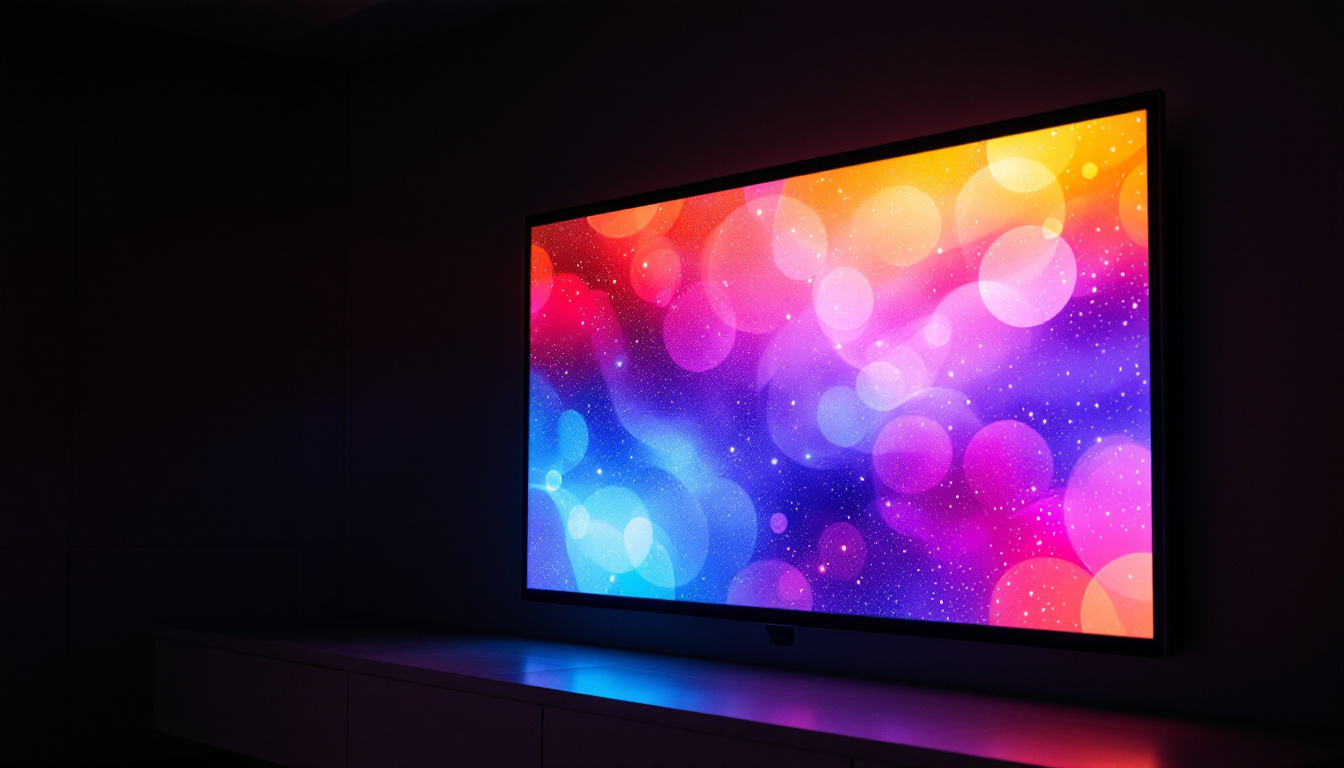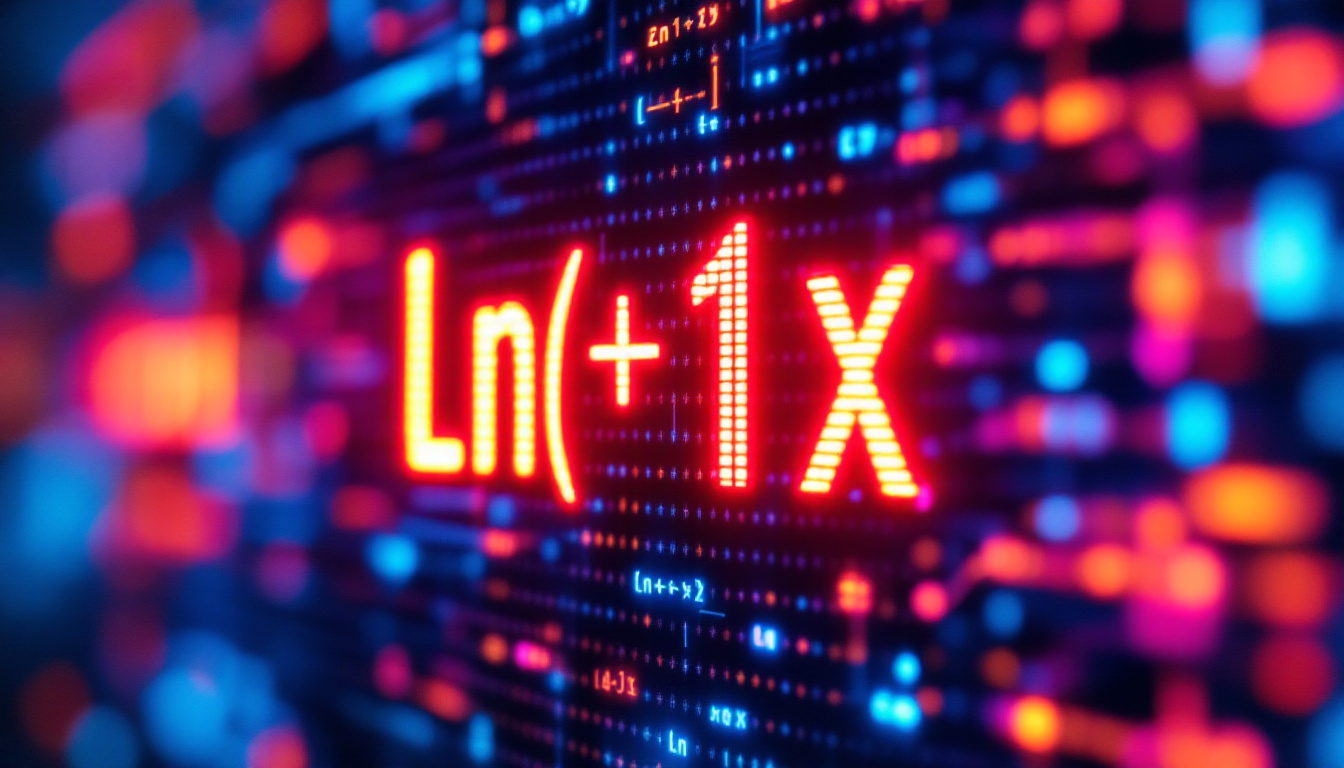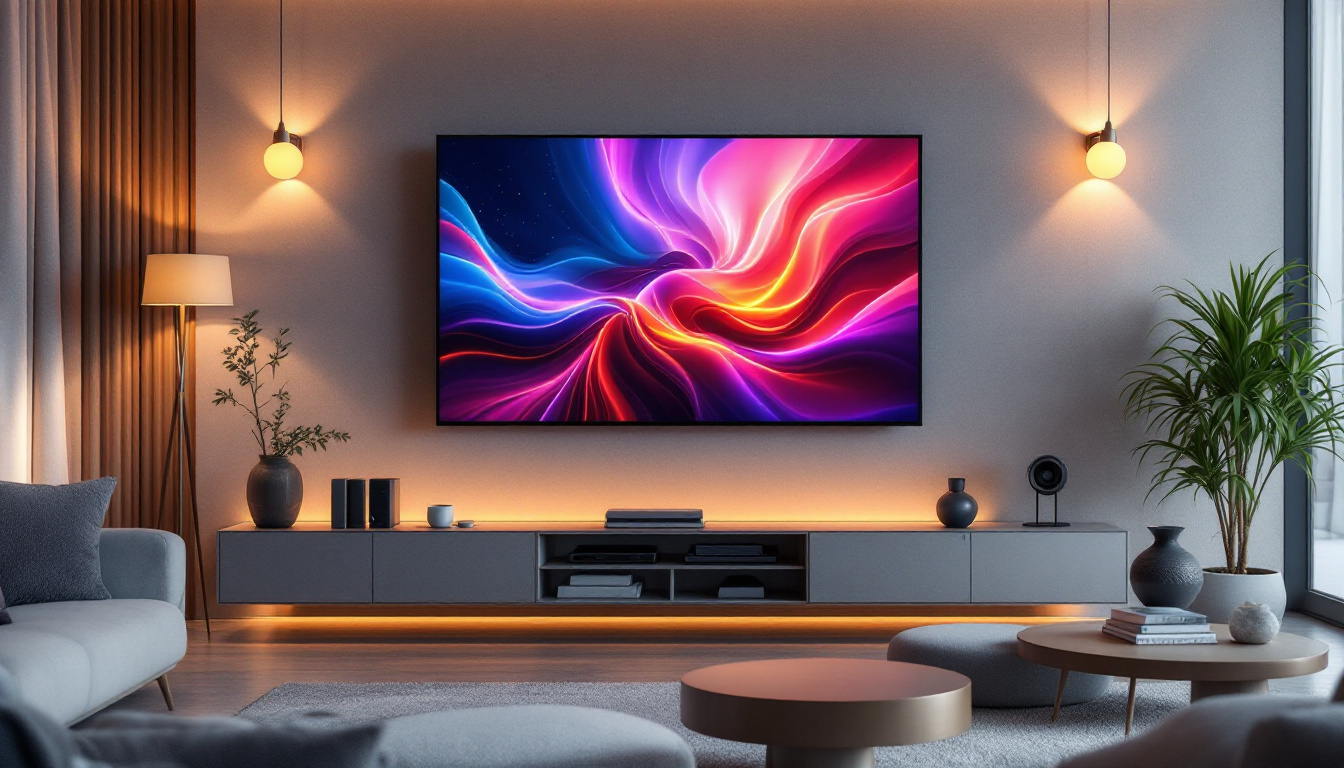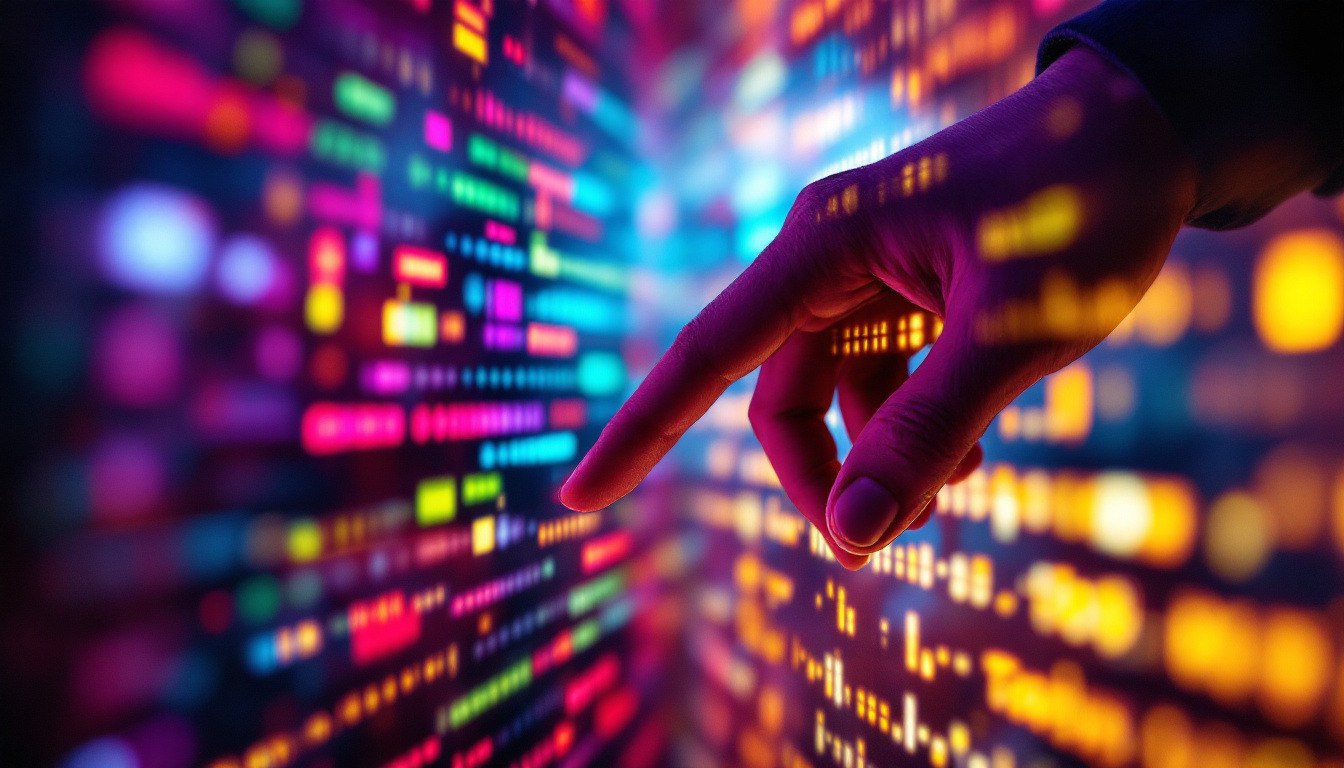In the ever-evolving world of technology, LED displays have emerged as a dominant force, revolutionizing the way we consume visual content. From smartphones to massive outdoor billboards, LED technology is ubiquitous, offering vibrant colors and unparalleled brightness. This article delves into the intricacies of LED displays, exploring their components, functionality, and various applications.
Understanding LED Technology
Light Emitting Diodes (LEDs) are semiconductor devices that emit light when an electric current passes through them. Unlike traditional incandescent bulbs, which produce light by heating a filament, LEDs convert electrical energy directly into light, making them far more efficient. This efficiency not only reduces energy consumption but also extends the lifespan of the display. In fact, LEDs can last up to 25 times longer than incandescent bulbs, leading to significant savings in both energy costs and replacement frequency. Moreover, the low heat output of LEDs contributes to a safer environment, reducing the risk of burns or fire hazards associated with overheated traditional lighting.
How LEDs Work
The fundamental principle behind LED technology lies in electroluminescence. When electrons recombine with holes in the semiconductor material, energy is released in the form of photons, which is visible light. The color of the light emitted depends on the materials used in the semiconductor. For instance, using gallium nitride yields blue light, while gallium arsenide produces red light. This ability to manipulate the semiconductor materials allows for a wide range of colors and applications, from vibrant displays in consumer electronics to specialized lighting solutions in horticulture, where specific wavelengths can promote plant growth. Additionally, advancements in technology have led to the development of white LEDs, which combine multiple colors to produce a broad spectrum of light, making them suitable for general illumination purposes.
Types of LED Displays
LED displays can be categorized into several types based on their structure and application. The most common types include:
- Direct View LED: These displays consist of individual LED pixels that form an image directly. They are often used in large outdoor screens and digital billboards, providing bright and vivid visuals that can be seen from a distance. Their durability and weather resistance make them ideal for outdoor advertising and public displays.
- LED Backlit LCD: In this configuration, an LCD panel is illuminated by LEDs from behind. This type is prevalent in televisions and computer monitors, offering improved brightness and contrast compared to traditional LCDs. The backlighting technology allows for thinner screens and better energy efficiency, which is a significant advantage in modern electronics.
- Organic LED (OLED): Unlike standard LEDs, OLEDs use organic compounds to emit light. This technology allows for thinner displays and better color accuracy, making it popular in high-end smartphones and televisions. OLED screens can achieve true blacks and a wider viewing angle, enhancing the overall viewing experience. Furthermore, the flexibility of OLED technology has paved the way for innovative designs, such as curved and foldable displays, expanding the possibilities for future devices.
Key Features of LED Displays
LED displays come with a host of features that contribute to their popularity across various sectors. Understanding these features can help in selecting the right display for specific needs.
Brightness and Color Quality
One of the standout features of LED displays is their brightness. With the ability to produce high luminance levels, they are ideal for both indoor and outdoor environments. This is particularly important for advertising and information displays, where visibility in direct sunlight is crucial.
Moreover, LED technology offers a wide color gamut, enabling displays to reproduce vibrant and accurate colors. This capability is essential for applications in graphic design, photography, and video production, where color fidelity is paramount. The advanced color mixing techniques used in LED displays ensure that viewers experience images that are not only true to life but also captivating, enhancing the overall visual experience.
Energy Efficiency
Energy efficiency is another significant advantage of LED displays. They consume less power compared to traditional display technologies, which translates to lower operational costs. This efficiency not only benefits businesses looking to reduce expenses but also contributes to environmental sustainability by minimizing energy consumption. As organizations increasingly prioritize eco-friendly practices, the energy-saving attributes of LED displays make them a preferred choice in a variety of applications, from retail to corporate environments.
Longevity and Durability
LED displays are built to last. With a lifespan that can exceed 100,000 hours, they outlast many other display technologies. This longevity reduces the frequency of replacements, making them a cost-effective solution in the long run. Additionally, LEDs are more robust and resistant to shocks and vibrations, making them suitable for various environments, including outdoor settings. Their resilience against harsh weather conditions, such as rain or extreme temperatures, further enhances their appeal for outdoor advertising and public information systems.
Furthermore, the low maintenance requirements of LED displays mean that businesses can focus more on their core operations rather than worrying about display upkeep. The solid-state nature of LEDs eliminates the need for fragile components, which are often found in older technologies like fluorescent or CRT displays. This durability not only extends the life of the display but also ensures consistent performance over time, making LED displays a reliable investment for any organization.
Applications of LED Displays
The versatility of LED displays allows them to be utilized in a wide range of applications. From commercial advertising to artistic installations, the possibilities are virtually limitless.
Advertising and Marketing
One of the most prominent uses of LED displays is in advertising and marketing. Digital billboards and signage have become commonplace in urban landscapes, capturing the attention of passersby with dynamic content and bright visuals. Advertisers appreciate the ability to change messages quickly and efficiently, allowing for real-time promotions and targeted advertising. Furthermore, the integration of sensors and data analytics into these displays enables marketers to tailor content based on audience demographics, time of day, or even weather conditions, thus maximizing engagement and effectiveness.
Entertainment and Events
In the entertainment industry, LED displays play a crucial role in concerts, festivals, and sporting events. Large LED screens are often used to broadcast performances, enhancing the audience’s experience. The ability to display high-definition video content in real-time allows for a more immersive atmosphere, engaging fans and attendees. Additionally, LED technology has revolutionized stage design, allowing for creative backdrops and dynamic lighting effects that can change throughout a performance. This not only elevates the visual appeal but also helps in storytelling, creating a more captivating narrative for the audience.
Corporate and Educational Use
LED displays are also widely used in corporate environments, serving as digital signage for presentations, meetings, and information dissemination. In educational institutions, they can be employed for interactive learning, displaying educational content in an engaging manner. The versatility of LED displays makes them an invaluable tool in both corporate and educational settings. For instance, in corporate offices, these displays can be used to showcase real-time data analytics, company news, or even employee recognition, fostering a culture of transparency and engagement. In classrooms, interactive LED boards can facilitate collaborative learning, allowing students to participate actively in lessons through touch and interactive features, thus enhancing retention and understanding of complex subjects.
The Future of LED Display Technology
As technology continues to advance, the future of LED displays looks promising. Innovations in materials, design, and functionality are paving the way for even more advanced display solutions.
MicroLED Technology
MicroLED is an emerging technology that promises to revolutionize the display industry. By utilizing tiny, self-emissive micro-sized LEDs, this technology offers the potential for even higher resolutions, improved color accuracy, and greater energy efficiency. MicroLED displays can be made thinner and lighter, which opens up new possibilities for portable and flexible displays.
Flexible and Transparent Displays
Another exciting development is the creation of flexible and transparent LED displays. These displays can be bent and shaped to fit various applications, from curved screens to wearable technology. Transparent displays can be integrated into windows or other surfaces, allowing for innovative advertising solutions without obstructing views.
Integration with Smart Technology
The integration of LED displays with smart technology is also on the rise. With the advent of the Internet of Things (IoT), LED displays can be connected to the internet, enabling remote management and content updates. This connectivity allows for more interactive and personalized experiences, as displays can respond to user behavior and preferences.
Challenges and Considerations
Despite their numerous advantages, LED displays are not without challenges. Understanding these challenges is essential for making informed decisions when selecting and implementing LED technology.
Cost Factors
The initial investment for LED displays can be higher than that of traditional display technologies. While the long-term savings due to energy efficiency and longevity can offset this cost, it is crucial for businesses to consider their budget and return on investment. Careful planning and analysis can help in making the right choice.
Environmental Impact
While LED displays are generally more environmentally friendly than other technologies, they still present some environmental concerns. The production and disposal of electronic components can contribute to e-waste if not managed properly. It is essential to consider recycling options and sustainable practices when implementing LED technology.
Maintenance and Upkeep
Although LED displays are durable, they still require regular maintenance to ensure optimal performance. Dust accumulation, moisture exposure, and other environmental factors can affect display quality. Establishing a maintenance routine and investing in protective measures can help prolong the life of the display.
Conclusion
LED displays have transformed the visual landscape, offering unparalleled brightness, color quality, and energy efficiency. Their applications span various industries, from advertising to education, making them a versatile solution for modern needs. As technology continues to advance, the future of LED displays promises even more exciting developments, paving the way for innovative and immersive experiences.
Understanding the intricacies of LED displays, including their features, applications, and challenges, is essential for anyone looking to leverage this technology. By making informed decisions, businesses and individuals can harness the full potential of LED displays, enhancing communication and engagement in an increasingly visual world.
Discover the Future of Visual Engagement with LumenMatrix
Ready to elevate your visual communication and captivate your audience like never before? Explore LumenMatrix’s comprehensive range of LED display solutions, where innovation meets functionality. From the dynamic Indoor LED Wall Display to the robust Outdoor LED Wall Display, and from the versatile Vehicle LED Display to the sleek LED Poster Display, LumenMatrix has the perfect LED solution to fit your unique needs. Whether it’s for sports, flooring, customization, or an all-in-one package, our LED Transparent Display is designed to revolutionize your space and message. Don’t miss out on the opportunity to transform your brand visibility with our cutting-edge technology. Check out LumenMatrix LED Display Solutions today and step into the future of immersive visual experiences.

